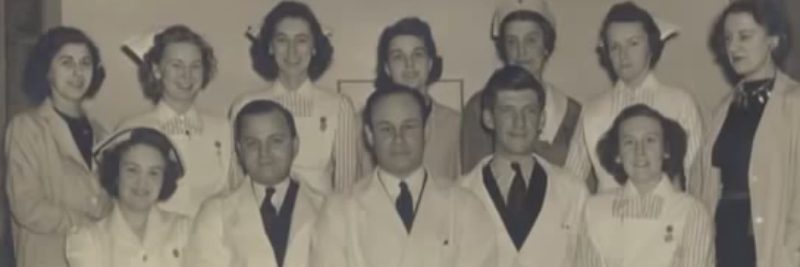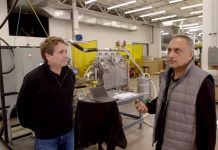Born in 1904, Dr. Charles Drew was initially destined to be an athlete rather than a doctor. He won several medals for his talents in swimming, basketball, and football. He even attended college on a sports scholarship and was an outstanding dual athlete in football and track. Drew’s dream, however, was to attend medical school, but he didn’t have the money to make that happen. He taught as a biology instructor and was a coach in Baltimore until he could get the money to enter medical school and that’s when his pioneering work began.
Here are the inventions of which Dr. Charles Drew made a name for himself:
The Preservation of Blood
After graduating from medical school, Drew researched blood plasma and the way blood transfusions were performed in New York City. As he looked at how blood functioned, he discovered that blood could be preserved if the liquid red blood cells were separated from the blood plasma and then both were frozen separately from each other. In this process, blood could be fully reconstituted at a later date.
Because of this process, blood could be stored for an almost indefinite period of time in a separated state instead of a whole state that would quickly degrade. This made transfusions more efficient, cheaper, and more likely to succeed because there was little risk of degradation.
The Modern Blood Bank
During the battles of World War II, the Allied forces utilized this method of blood preservation to help treat wounded soldiers out near the front lines. You see, Drew discovered that not only could this frozen blood be reconstituted, but it could be stored and even transported safely. These efforts helped to save numerous lives and it also began the Red Cross blood bank, of which Drew was named the first director. Through these efforts, he also organized the first ever blood bank drives in Great Britain, which was given the name “Blood For Britain.”
Using the techniques developed through the preservation process, Drew worked to establish a network of transportation across the country so that people could have access to the blood they needed for survival in a short amount of time. He worked as the Chair of Surgery for some time at Howard University and even earned a Spingarn Medal for the contributions he made to the field of medical science.
The story of Dr. Charles Drew has an unfortunate ending, however, as he was tragically killed because of injuries that were sustained in a car accident at the age of 46. Despite dying at an early age, his legacy continues to live on with every life that is saved because of his methods of being able to preserve, store, and transport needed blood supplies for surgeries, disease manipulation, and other health applications.
Strong proponent of individual liberty and free speech. My goal is to present information that expands our awareness of crucial issues and exposes the manufactured illusion of freedom that we are sold in America. Question everything because nothing is what it seems.




















